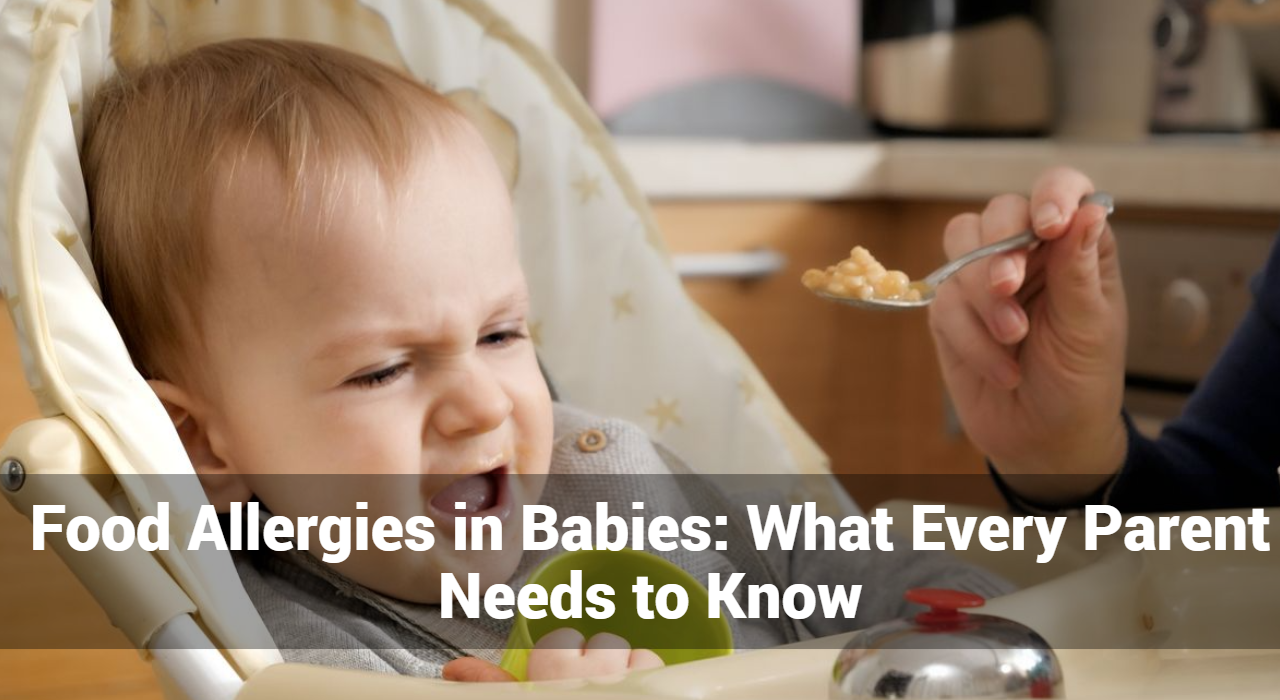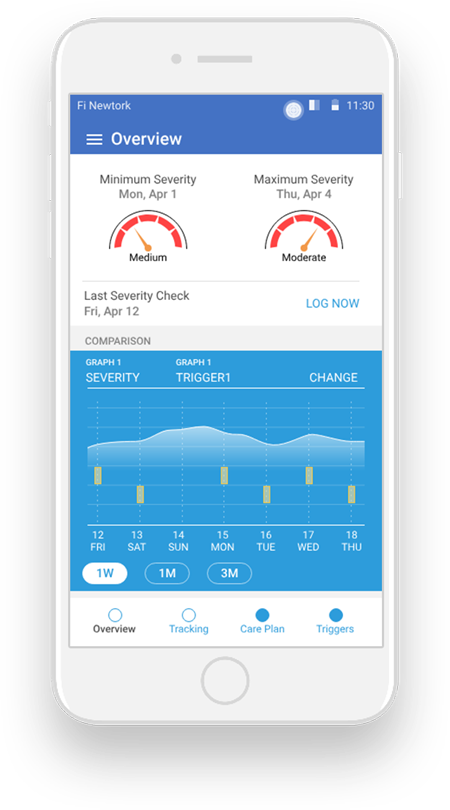Food Allergies in Babies: What Every Parent Needs to Know

Food allergies in babies can be a source of concern and anxiety for parents. As infants transition to solid foods, the risk of allergic reactions becomes a significant consideration. Understanding the basics of food allergies, recognizing potential allergens, and knowing how to manage allergic reactions are crucial for ensuring the health and safety of your baby. In this guide, we’ll explore everything parents need to know about food allergies in babies.
What are Food Allergies in Babies?
Food allergies occur when the body’s immune system reacts abnormally to certain proteins found in food. In infants, food allergies can manifest as a range of symptoms, from mild itching and hives to severe reactions such as anaphylaxis. Common food allergens in babies include cow’s milk, eggs, peanuts, tree nuts, soy, wheat, fish, and shellfish.
Recognizing Signs of Food Allergies
Recognizing the signs of food allergies is crucial for ensuring prompt intervention and management. Here are some common symptoms to be aware of:
- Skin Reactions:
- Hives (red, itchy welts on the skin)
- Eczema flare-ups (itchy, red, inflamed patches of skin)
- Swelling, particularly around the face, lips, eyes, or tongue
- Gastrointestinal Symptoms:
- Vomiting
- Diarrhea
- Abdominal pain or cramping
- Nausea
- Respiratory Symptoms:
- Wheezing or difficulty breathing
- Coughing
- Runny or stuffy nose
- Sneezing
- Facial Swelling:
- Swelling of the face, particularly around the eyes, lips, or tongue
- Swollen throat, leading to difficulty swallowing or breathing
- Cardiovascular Symptoms:
- Rapid heartbeat
- Weak pulse
- Low blood pressure
- Loss of consciousness (in severe cases)
- Behavioral Changes:
- Irritability
- Fussiness
- Excessive crying
- Lethargy or weakness
It’s important to note that allergic reactions can vary in severity, from mild to life-threatening. Anaphylaxis is a severe allergic reaction that requires immediate medical attention and may involve a combination of symptoms, such as difficulty breathing, swelling of the throat, rapid pulse, and loss of consciousness. If you suspect your child is experiencing anaphylaxis, administer epinephrine (if available) and seek emergency medical care immediately.
If you notice any of these signs or symptoms after your child consumes a particular food, it’s essential to consult with a healthcare professional for proper evaluation and diagnosis. Keep a detailed record of your child’s symptoms, including the specific foods consumed, the timing of the reaction, and the severity of the symptoms, to aid in diagnosis and management. With vigilance and proactive care, you can help ensure the health and safety of your child in the presence of food allergies.
Diagnosing Food Allergies in Babies
Diagnosing food allergies in babies involves a combination of medical history, physical examination, and diagnostic tests. Here are the steps typically involved in diagnosing food allergies in infants:
- Medical History:
- The healthcare provider will begin by gathering a detailed medical history, including information about the baby’s symptoms, diet, feeding patterns, and any previous allergic reactions.
- Parents or caregivers will be asked to provide information about the timing and severity of symptoms, as well as any suspected food triggers.
- Physical Examination:
- A thorough physical examination will be conducted to assess the baby’s overall health and look for signs of allergic reactions, such as skin rashes, eczema, or respiratory symptoms.
- Elimination Diet:
- In some cases, the healthcare provider may recommend an elimination diet to identify potential food allergens. This involves removing suspected allergenic foods from the baby’s diet for a period of time and then reintroducing them one at a time while monitoring for allergic reactions.
- Elimination diets should only be conducted under the guidance of a healthcare professional to ensure proper nutrition and prevent unintended consequences.
- Allergy Testing:
- Allergy testing may be recommended to confirm suspected food allergies and identify specific allergens. The two main types of allergy testing used in infants include:
- Skin Prick Test: A small amount of allergen extract is placed on the skin, usually on the forearm or back, and the skin is pricked with a needle to allow the allergen to enter the skin. A positive reaction, indicated by redness, swelling, or itching at the site, suggests the presence of an allergy.
- Blood Test (Specific IgE Testing): A blood sample is taken and tested for the presence of specific IgE antibodies to common food allergens. Elevated levels of IgE antibodies to certain foods indicate sensitization and potential allergy to those foods.
- Allergy testing is typically performed after the baby has been exposed to the suspected allergen, as testing may yield false-negative results if the baby has not yet developed an allergic response.
- Allergy testing may be recommended to confirm suspected food allergies and identify specific allergens. The two main types of allergy testing used in infants include:
- Oral Food Challenge:
- In some cases, an oral food challenge may be conducted under the supervision of a healthcare provider to confirm or rule out a suspected food allergy. During an oral food challenge, the baby is given increasing doses of the suspected allergen while being closely monitored for signs of an allergic reaction.
- Oral food challenges should only be performed in a controlled medical setting with appropriate emergency equipment and trained healthcare personnel.
- Keeping a Food Diary:
- Parents or caregivers may be asked to keep a detailed food diary to track the baby’s diet, symptoms, and any suspected food triggers. This information can help identify patterns and potential allergens.
- Consultation with a Pediatric Allergist:
- In cases of complex or severe food allergies, consultation with a pediatric allergist may be recommended. A pediatric allergist can provide specialized expertise in diagnosing and managing food allergies in infants and children.
By conducting a thorough evaluation, including medical history, physical examination, and appropriate diagnostic tests, healthcare providers can accurately diagnose food allergies in babies and develop a tailored management plan to ensure the baby’s safety and well-being. It’s essential for parents or caregivers to work closely with healthcare professionals and follow their guidance throughout the diagnostic process.
Track and Manage your Eczema treatment using a comprehensive Eczema App
Download Eczemaless now
Conclusion
Food allergies in babies can be challenging to navigate, but with knowledge, vigilance, and proactive management, parents can help ensure the health and safety of their child. By understanding the signs of food allergies, seeking timely diagnosis and treatment, and implementing appropriate dietary modifications, parents can empower themselves to care for their baby’s unique needs effectively. Remember, you are not alone—reach out to healthcare professionals, support groups, and other parents for guidance and support on your journey through managing food allergies in babies.




